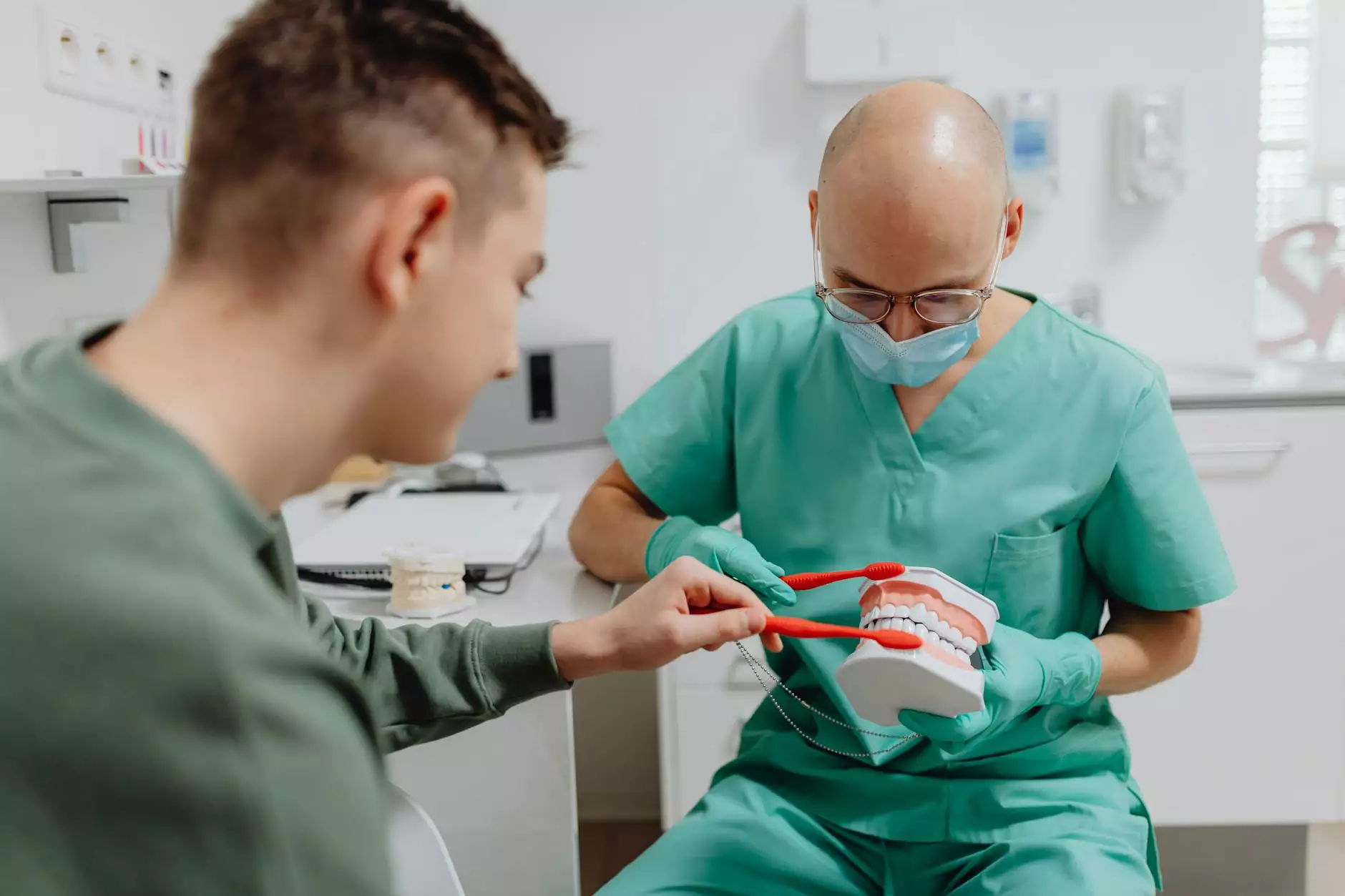Understanding VATS Lung Surgery

VATS lung surgery, or Video-Assisted Thoracoscopic Surgery, represents a groundbreaking approach in the field of thoracic surgery. This minimally invasive technique has transformed the way lung surgeries are performed, offering patients a myriad of benefits compared to traditional open surgery. In this article, we will explore the intricacies of VATS, its indications, advantages, risks, and recovery process, ensuring you have a comprehensive understanding of this innovative surgical option.
What is VATS Lung Surgery?
VATS involves the use of a thoracoscope, a small camera inserted into the chest through tiny incisions. This allows surgeons to visualize the thoracic cavity without the need for large incisions, minimizing trauma to the body. The surgery not only improves patient outcomes but also enhances the overall surgical experience, making it a preferred choice for many thoracic surgeons.
How VATS Lung Surgery Works
The process begins with the administration of general anesthesia. Once the patient is unconscious, the surgeon makes several small incisions, typically ranging from 0.5 to 1.5 cm in size. The thoracoscope is inserted through one of these incisions, while surgical tools are introduced through the others. This setup allows the surgeon to view the lungs and surrounding tissues in real-time on a monitor and perform surgical interventions with precision.
Indications for VATS Lung Surgery
VATS is utilized for a variety of lung conditions, including but not limited to:
- Diagnosis and biopsy of lung tumors
- Resection of lung cancer (lobectomy or wedge resection)
- Management of pleural disease, including pleural effusions and pleurisy
- Interventions for emphysema, such as lung volume reduction surgery
- Placement of indwelling pleural catheters for fluid drainage
The Benefits of VATS Lung Surgery
There are numerous advantages to choosing VATS over traditional open thoracotomy:
- Reduced Pain: Smaller incisions lead to less postoperative pain and a lower requirement for pain medication.
- Shorter Recovery Time: Patients often experience a faster return to normal activities, with many discharged from the hospital within 24 to 48 hours.
- Minimal Scarring: The small incisions lead to minimal scarring, improving cosmetic outcomes.
- Lower Risk of Complications: VATS has been associated with a lower incidence of complications, such as infections and respiratory issues.
- Improved Lung Function: More efficient pulmonary function recovery due to less surgical trauma.
Risks and Considerations
As with any surgical procedure, VATS lung surgery carries risks, including:
- Bleeding: Although rare, excessive bleeding may occur during surgery.
- Infection: There is always a risk of infection at the incision sites or in the lungs.
- Pneumothorax: Air may enter the chest cavity, leading to lung collapse, which might require additional intervention.
- Damage to Surrounding Structures: The surgical approach may inadvertently affect nearby organs or tissues.
Before undergoing VATS, it is essential to discuss these risks with your surgeon to ensure that the benefits outweigh any potential complications.
The Recovery Process
Recovery after VATS lung surgery often follows these general steps:
Hospital Stay
Most patients remain in the hospital for one to two days, depending on their specific case and health condition. During this time, healthcare providers monitor pain levels, vital signs, and lung function. Patients are encouraged to begin deep breathing exercises and mobilization to aid recovery.
Postoperative Care
Patients will receive instructions on how to care for their incisions and manage pain effectively. Medications may be prescribed to manage discomfort and prevent infection. It’s crucial to adhere to these guidelines and attend follow-up appointments for optimal recovery.
Resuming Activities
While many patients can return to light activities within a week or two, complete recovery may take up to six weeks. It’s important to gradually increase physical activity levels, avoiding strenuous activities until cleared by the physician.
Conclusion: The Future of Lung Surgery
The advent of VATS lung surgery has revolutionized thoracic surgery, offering patients a safer, more effective alternative to traditional methods. With its numerous advantages, including reduced pain, faster recovery, and minimal scarring, VATS continues to prove its worth in surgical practice. As technology advances and surgical techniques improve, VATS is likely to become even more prominent in the management of pulmonary conditions.
For patients considering VATS lung surgery, it is crucial to consult with a qualified thoracic surgeon to discuss individual health needs and determine the best surgical approach. To learn more about VATS and the expert team that can assist you in your surgical journey, visit Neumark Surgery.









